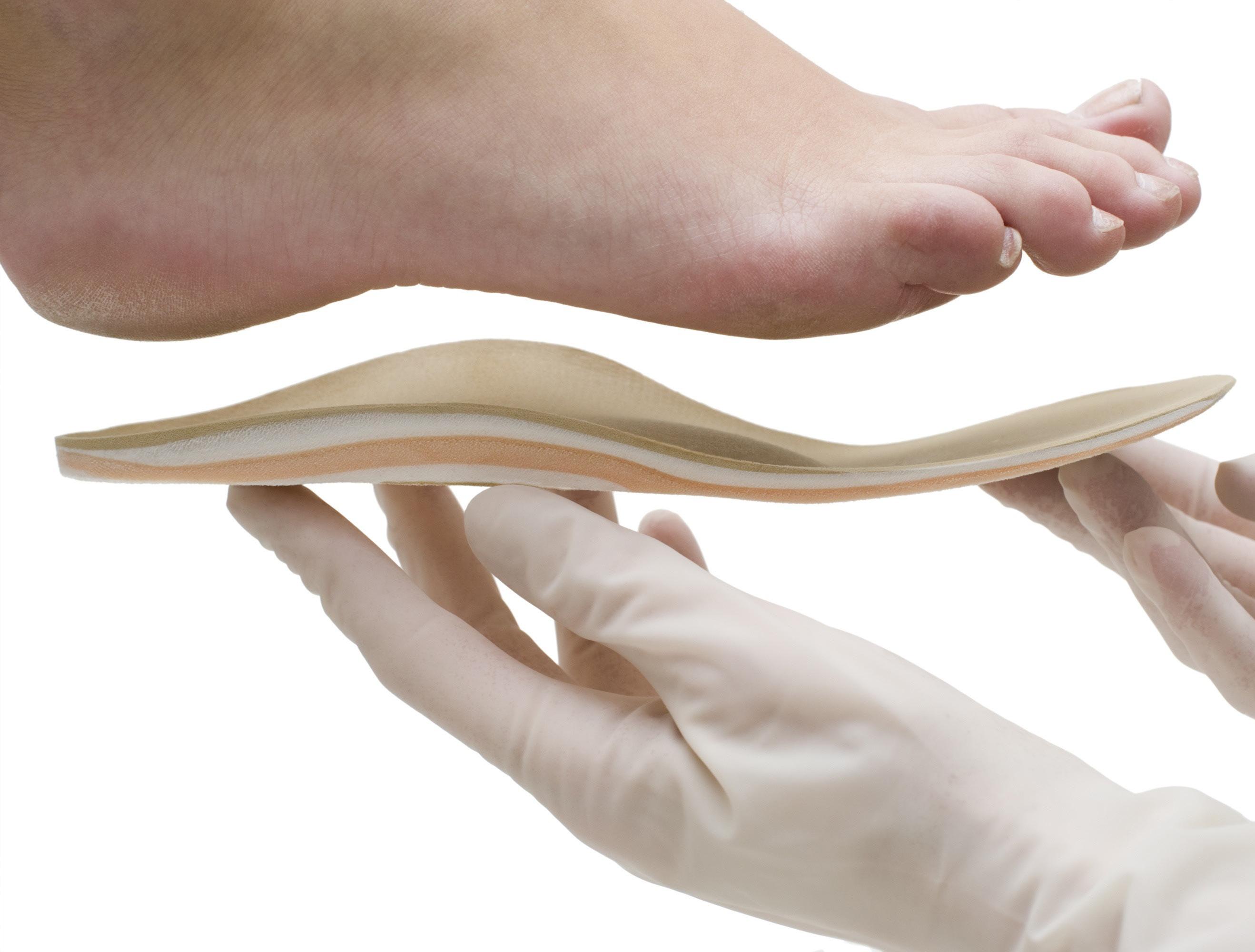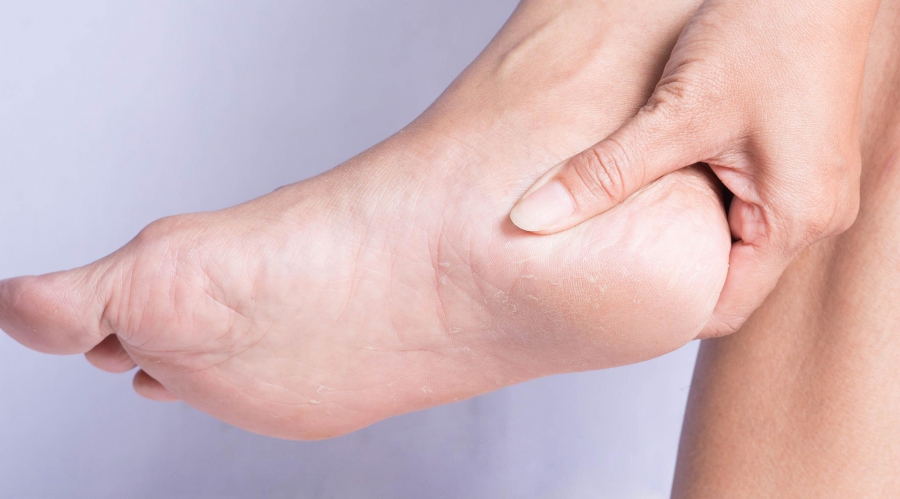Biomechanical Causes of Heel Pain
Causes of heel pain main range from conditions linked to skin and soft tissues, covering the feet, muscles, ligaments, tendons, bones and joints. Causes of heel pain can be broadly categorized into two different trends: first, biomechanical causes and secondly, due to underlying disease conditions. However, the biomechanical causes are far more commonly encountered as compared to the underlying primary disease conditions.
Biomechanical causes refers to the conditions emerging from repetitive use and or overwhelming stress put on our feet and related structures. Due to the fact mentioned, some specific area in the feet is relatively over-burdened and has to deal with wear and tear, bearing stress over a certain period of time which leads to inflammation and soreness.
To mention a few leading Factors related to heel pain, of biomechanical origin, are as follow
Most commonly encountered conditions that emerge from biomechanical problems are as follows
Static and Dynamic Foot Pressure Analysis
It is a system by the help of which clinical and podiatrist analyses posture, locomotion (gait function) and pressure being borne by the feet. This system detects different biomechanical reasons which might be contributing to the heel pain. This doesn’t only help in diagnosing the factors leading to heel pain rather it also helps podiatrists and clinicians in devising a personalized treatment plan for the patient.
Foot pressure analysis deals with the non-weight bearing and weight bearing muscular and skeletal framework of the body
Dynamic Foot pressure analysis deals with the gait function of the body, where a person is video-taped while walking on a treadmill and subsequently analyzed manually or by the help of pressure measurement mapping by the help of different scans.
Role of Foot Orthotics

Orthotics are devices, which help in supporting and correcting the pressure borne due to misaligned structure. This helps in proper distribution of the weight and balance borne by the body structure. In case of Foot Orthotics, the devices help in creating a balance of musculo-skeletal structure and thus offloading over-stressed areas in the feet.
It should have been clear with our description that the use of conventional-made soft foot wear, night splints and silicon heel cups are of no benefit as compared to the customized foot orthotics where an orthosis is developed fully personalized for the patient and correcting the underlying cause of heel pain.
Due to sparing use of the corticosteroids in the orthopedic clinics, it is imperative to make a mention of it here. Steroid does relieve pain acutely and for protracted course of time, however, a patient is likely to get dependence on steroids and ultimately will harm bone, joints, and systemic side effects will develop.
Furthermore, a study published in Elsevier, authored by Seligman DA et al, suggested that the customized orthotics are an effective first-line mode of treatment for Plantar Fascitis, one of the commonest causes of heel pain.

